What are Diecast Cars?
Diecast cars, miniature vehicles meticulously crafted from metal, have captured the hearts of enthusiasts worldwide. These scaled-down replicas, often made from zinc alloy, offer a detailed representation of real-life automobiles. The term “diecast” refers to the manufacturing process, where molten metal is injected into molds under high pressure. This method allows for intricate designs and high levels of detail, making diecast cars a popular hobby for collectors of all ages. Diecast cars are more than just toys they’re miniature works of art, reflecting automotive history and engineering in a compact form, embodying both a passion for cars and the joy of collecting.
The History of Diecast Cars
The journey of diecast cars began in the early 20th century, evolving from simple toys to highly detailed collectibles. Originally, these miniature vehicles were primarily made of lead and were intended as children’s playthings. As manufacturing techniques improved, so did the quality and detail of diecast cars. The shift to zinc alloys and other materials allowed for more intricate designs and greater durability. The evolution mirrors the broader history of the automobile, with early models reflecting the cars of their time. Over the decades, diecast cars have not only reflected the advancements in car design, but also have become a significant part of popular culture.
Early Development

The earliest diecast cars, simple in design, paved the way for the sophisticated models we see today. These early models, often crude in comparison to modern standards, served as the foundation for a burgeoning industry. Manufacturers began experimenting with different materials and production methods to improve both the aesthetic appeal and durability of the toys. The development of diecasting techniques was crucial, enabling the mass production of detailed and affordable miniature cars. These early efforts laid the groundwork for the intricate detail and realism that would define the industry later on.
Mass Production and Popularity
The post-World War II era witnessed the rise of mass production, with diecast cars becoming increasingly popular. Advancements in manufacturing allowed for greater detail and lower production costs, making these toys accessible to a wider audience. Brands like Matchbox and Hot Wheels emerged, captivating children and collectors alike. The affordability and accessibility of diecast cars fueled their rapid growth in popularity, solidifying their place in popular culture. This period saw the diversification of models, with replicas of various car types and brands becoming available.
Materials Used in Diecast Cars
The materials used in diecast cars have evolved over time, with zinc alloy being a primary component. Zinc alloy, also known as Zamak, is a durable and versatile material that allows for intricate detailing. Other materials, such as plastic, rubber, and sometimes even wood, are used for various parts of the vehicles. The combination of materials enhances the realism and functionality of the models. The choice of materials plays a crucial role in the durability, weight, and overall aesthetic of the diecast cars, contributing to their collectibility and appeal.
Zinc Alloy
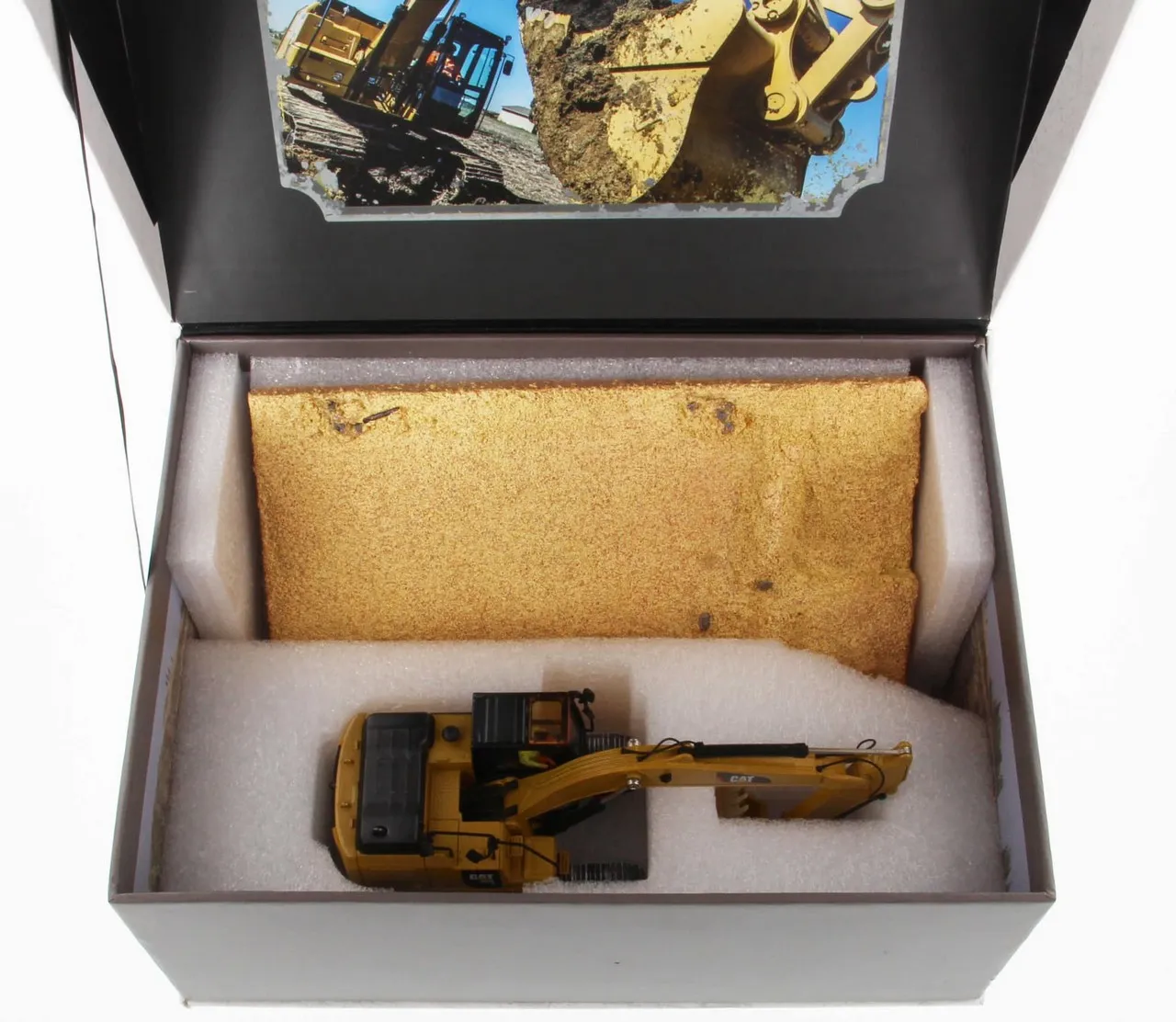
Zinc alloy is the backbone of most diecast cars, chosen for its excellent moldability and strength. This alloy allows for the creation of finely detailed models that can withstand handling and display. Zinc alloy’s ability to capture intricate designs is a key factor in the realism of these miniature vehicles. Its use ensures the durability and longevity of the models, making them ideal for both play and collecting. The material’s properties contribute significantly to the overall quality and value of diecast cars.
Diecast Cars Production Process
The production of diecast cars is a complex process involving several stages, from the design phase to the final assembly. The process begins with the creation of molds, which are precise replicas of the car’s design. Molten metal is then injected into these molds under high pressure, creating the main body of the car. After the metal has cooled and solidified, the models undergo a series of finishing processes, including detailing and painting. This intricate process ensures that each diecast car is a faithful and detailed replica of its real-life counterpart, reflecting the engineering and design of full-sized vehicles.
The Manufacturing Stages
The manufacturing of diecast cars involves several key stages, each crucial for the final product’s quality. The first step is mold creation, where meticulous designs are translated into precision molds. Molten metal is then injected into these molds, a process known as diecasting. The cast parts are removed and undergo trimming to remove any excess material. These parts are then cleaned, prepared for painting, and painted with multiple layers of paint. Decals and details are added before the final assembly, ensuring each model meets the highest standards of realism and quality.
Assembly and Detailing
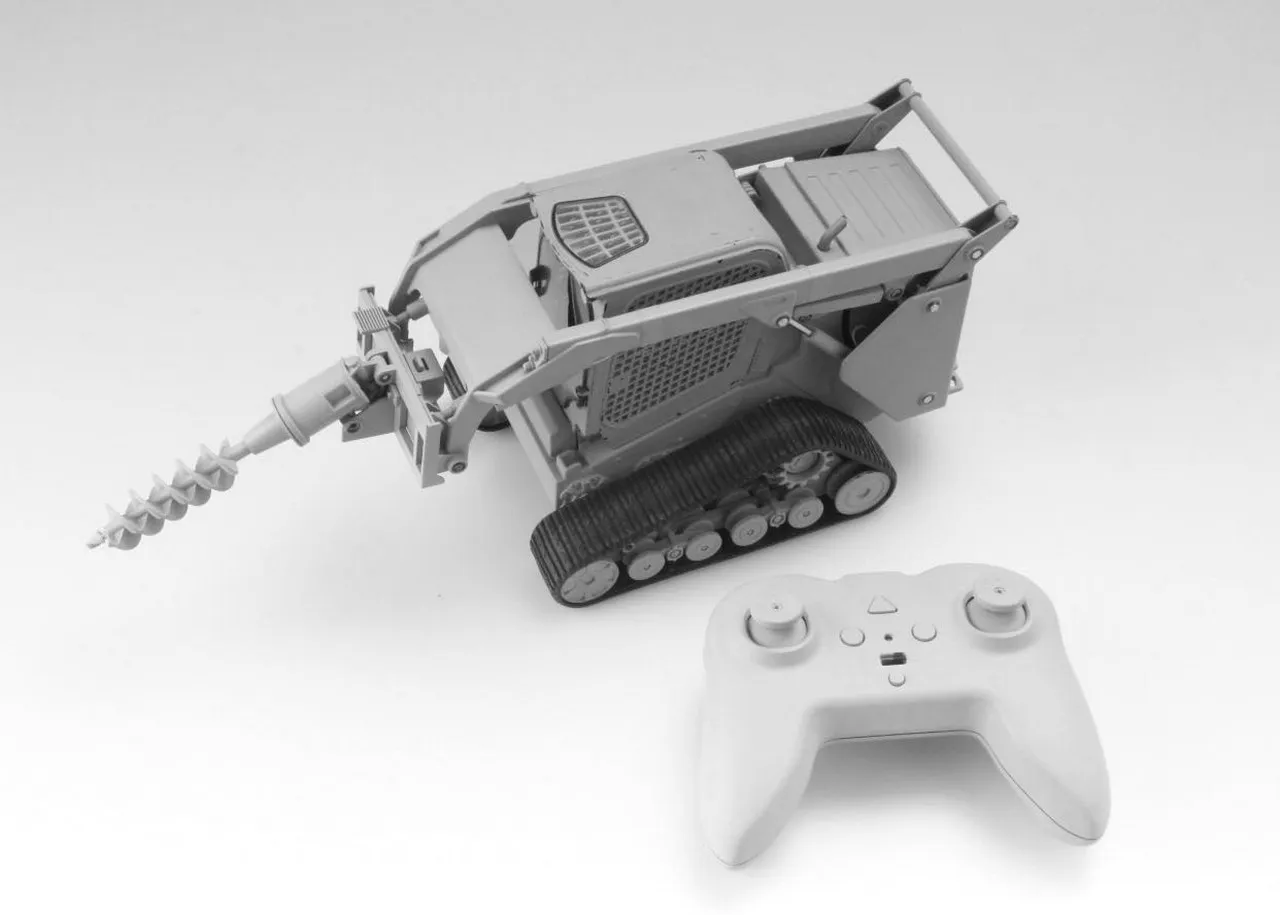
Assembly and detailing are the final stages in the production of diecast cars, bringing the miniature vehicles to life. This stage involves attaching all the components, such as wheels, windows, and interior details. Skilled workers carefully assemble each car, ensuring that all parts fit perfectly. Detailing, including the application of decals, logos, and paint accents, adds realism and visual appeal. This meticulous process elevates the diecast cars from mere toys to highly detailed replicas, making them highly sought-after by collectors.
Iconic Diecast Car Brands
Several brands have become synonymous with diecast cars, shaping the landscape of the hobby. These brands have built reputations for quality, detail, and a wide range of models. They cater to collectors and enthusiasts of all ages, offering iconic vehicles from various eras. These brands have not only created a vast array of collectible cars but have also built strong communities around their products, fostering a vibrant hobby. Their influence extends beyond simple toys, becoming symbols of automotive history and design.
Hot Wheels
Hot Wheels, known for its fast-paced and dynamic designs, has captured the imagination of car enthusiasts and children alike. Hot Wheels cars are instantly recognizable for their vibrant colors, imaginative designs, and high-speed performance. The brand has fostered a vast community of collectors and racers, with many events and clubs dedicated to Hot Wheels. They continue to release new and innovative models, keeping the hobby fresh and exciting for all involved, becoming a pop-culture icon in the world of diecast cars.
Matchbox
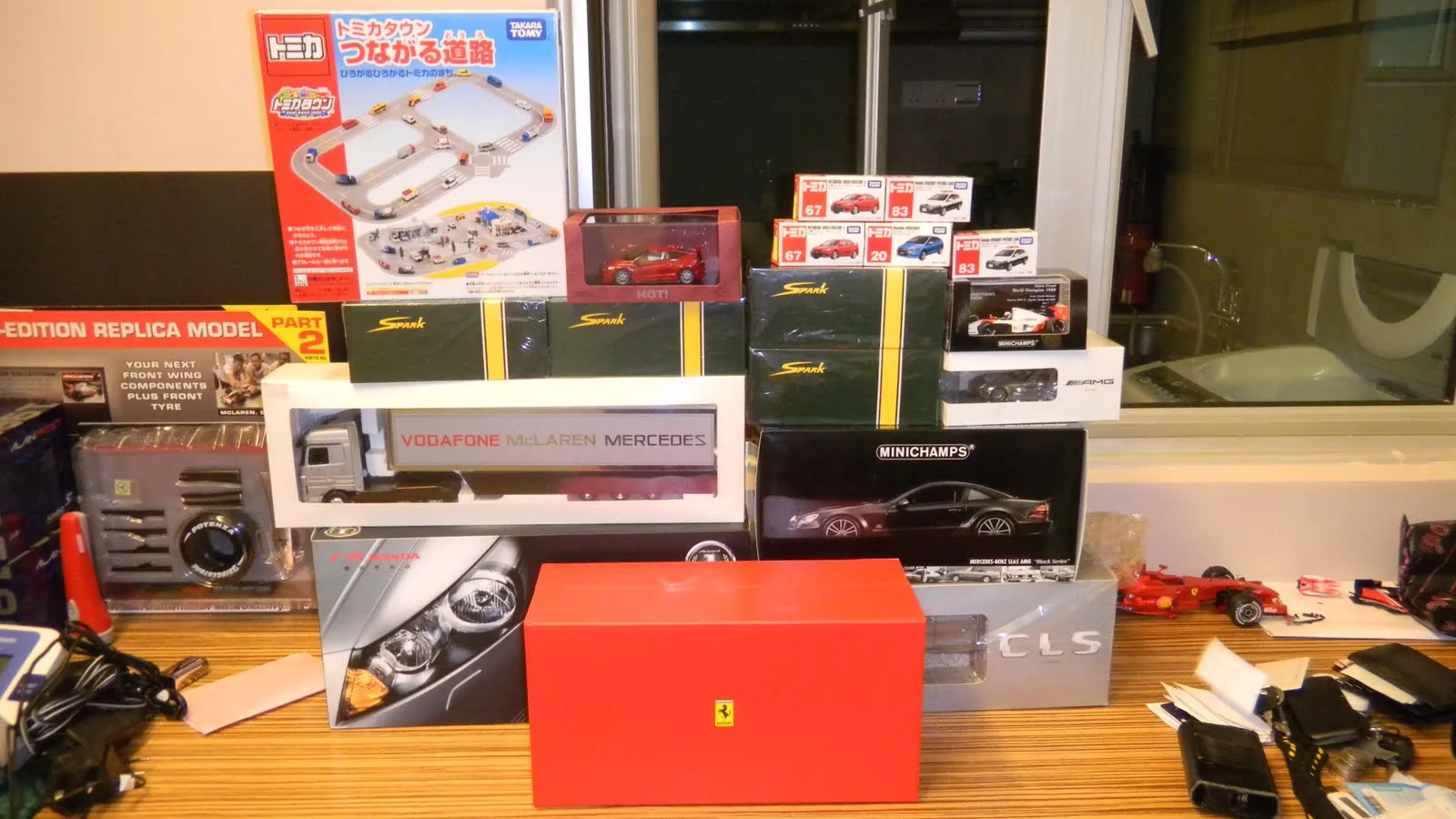
Matchbox, a pioneer in the diecast car industry, is known for its realistic and detailed models. Matchbox cars were originally designed to fit inside a matchbox, making them a convenient and affordable toy. Matchbox models often replicate real-world vehicles, from cars to trucks and construction equipment. Matchbox’s commitment to detail and realism has made it a favorite among collectors. The brand’s legacy continues today, with new models and series being released. Matchbox has consistently provided quality and accessibility.
Diecast Cars for Collectors
Collecting diecast cars is a rewarding hobby, with various factors influencing their value. Collectors often seek out rare models, limited editions, and cars from specific manufacturers. The appeal of collecting diecast cars lies in the joy of owning miniature replicas of vehicles and the history they represent. The hobby offers a chance to connect with like-minded individuals and appreciate automotive design. With the right knowledge, collectors can build valuable collections, transforming a passion into a fulfilling investment.
Factors Influencing Value
Several factors determine the value of a diecast car, including rarity, condition, and brand. Limited edition models, those with unique features, or cars from a specific era often command higher prices. The condition of the model is essential, with pristine examples being the most valuable. Collector’s interest is also affected by the reputation and popularity of the brand, influencing market prices. Understanding these factors allows collectors to make informed decisions and maximize the value of their collections. This information will guide their decisions when selling or trading diecast cars.
Rarity and Limited Editions
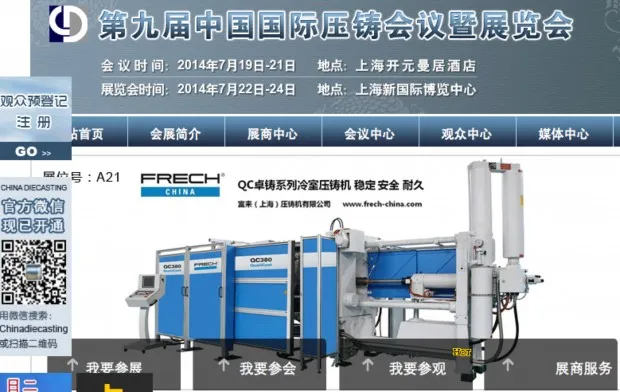
Rarity and limited editions are highly sought-after among diecast car collectors. Models produced in small quantities or with unique features often become highly valuable. These limited releases create a sense of exclusivity and add significant value to a collection. The limited nature of these cars increases their desirability, fueling interest in the hobby. Collectors seek out these rare models to add value and uniqueness to their personal collections. These limited-edition vehicles are a testament to the passion and interest surrounding diecast cars.
How to Care for Diecast Cars
Proper care and maintenance are essential for preserving the value and appearance of diecast cars. Cleaning, appropriate storage, and careful handling are key to protecting these miniature collectibles. Regular cleaning removes dust and grime. Proper storage, away from direct sunlight and extreme temperatures, prevents damage. Taking care of your models will allow you to preserve their condition and enjoyment for years to come. This will preserve the investment in your collection.
Cleaning and Maintenance
Cleaning your diecast cars involves gentle methods to remove dust and maintain their shine. Use a soft, dry cloth or a specialized brush to carefully dust the cars regularly. Avoid using harsh chemicals or abrasive materials, as they can damage the paint and details. For more stubborn dirt, a slightly damp cloth can be used, followed by immediate drying. Careful cleaning will protect the cars from wear and maintain their aesthetic appeal. Regular cleaning helps ensure that your diecast cars remain in pristine condition for years to come.
Storage and Display
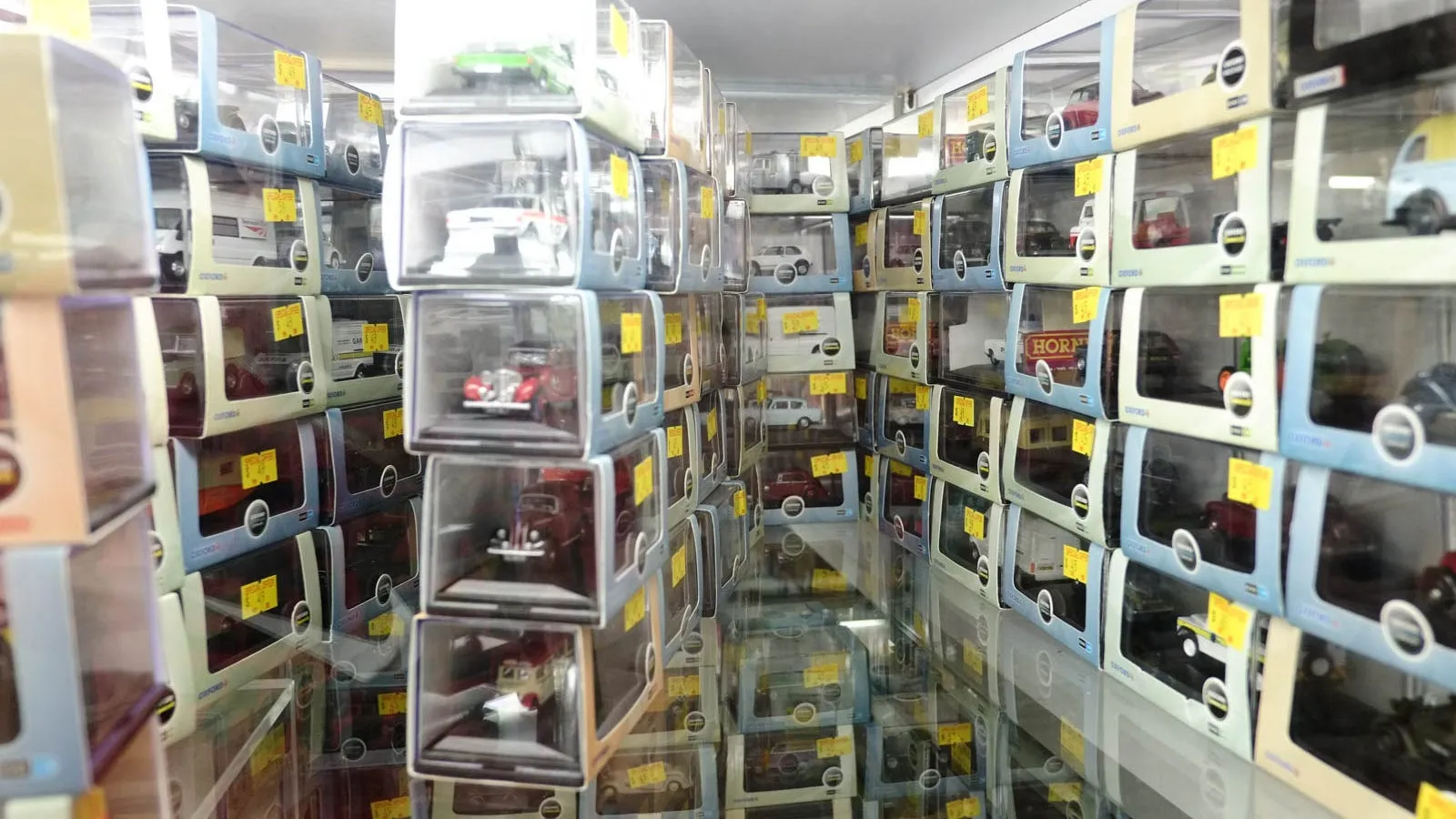
Proper storage and display are vital to preserving the quality of your diecast cars. Store them in a cool, dry place away from direct sunlight, which can cause fading or damage. Consider using display cases or shelves to protect your cars from dust and accidental damage. Rotate your display occasionally to showcase different parts of your collection. Organized storage and display not only protect your collection but also enhances its visual appeal. This careful storage and display of diecast cars ensures their longevity and allows you to enjoy them to their fullest extent.
